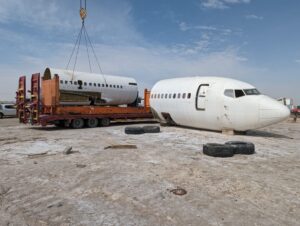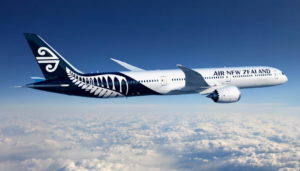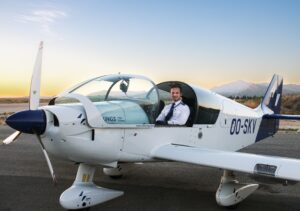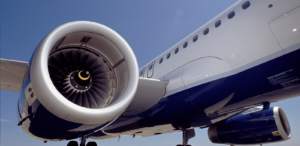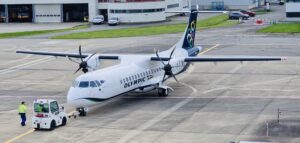Jazz Air has implemented a number of cost-saving initiatives and is taking additional measures to combat rising fuel costs.
Air Canada, Jazz’s primary customer, announced on June 17, 2008, that it would reduce network domestic and transborder capacity by 2% and 13% respectively with the implementation of the fourth quarter 2008 and first quarter 2009 schedules. As a result, Jazz’s flying will be reduced by approximately 5%.
The decrease in Air Canada’s need for Jazz’s services necessitates a reduction in staff of approximately 270 Jazz employees.
“These are difficult times for our industry and the decision to reduce our workforce was not reached lightly; it is with sadness that we’ll see some of our employees leave our company”, said Joseph Randell, President and Chief Executive Officer, Jazz. “We’ve grown very strong as a team and have overcome many difficult challenges over the past number of years. Every effort is being made to mitigate these job losses, and we hope this downturn in our industry’s cycle ends soon. We are in a period of great uncertainty and cannot predict where the price of fuel is going. We have taken immediate action to better match our resources with our new revenue levels. While Jazz is already a lean organization and is in a reasonable position to manage its current challenges, every effort is being made to reduce our costs and to prepare for what may lie ahead.”
Jazz has already established a number of fuel-saving initiatives, recently froze all hiring and non-critical staff overtime, and instituted a number of other cost-saving programs. Being a Six Sigma organization has made Jazz a more efficient airline and the focus to ensure we remain competitive is constant.
Airlines are currently operating in a very high-cost environment worldwide. In addition to soaring fuel prices, airlines in Canada must also contend with federal and provincial fuel excise taxes, security fees, NavCanada fees and airport charges that rank amongst the most expensive in the world. It is important to recognize the severity of the situation facing the entire aviation industry and ultimately our communities. All industry partners should make every effort to operate as efficiently as possible without compromising safety.


